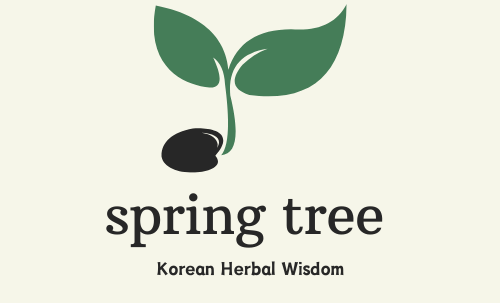Discover the many benefits of licorice root, from aiding digestion and boosting immunity to detoxifying the body. This herbal remedy has been valued for centuries for its natural healing properties.
"Exploring the Benefits and Uses of Licorice Root"
Licorice root, known as Gamcho in Korean herbal medicine, is a trusted herb used for a variety of health benefits. With a sweet taste and balanced nature, it is especially valued for aiding digestion, promoting immune health, and supporting detoxification. This versatile herb is also popular for helping reduce fatigue, relieve coughs, and improve digestion, making it a wonderful choice for everyday wellness.
Ecology and Characteristics
Licorice is a perennial herb that grows strong, with thick red-brown roots and a sturdy upright stem. The leaves are feather-like in shape, giving the plant a unique and recognizable appearance. Licorice blooms with small, delicate flowers in July and August, followed by seeds in early autumn. This adaptable plant thrives in various environments and has been widely used in traditional medicine across the world.
Medicinal Parts and Harvesting
The medicinal part of licorice is primarily the root and rootstock, which is harvested during the spring or fall when the roots are at their peak potency. After digging up the roots, smaller roots are removed, and the main roots are sun-dried to preserve their medicinal qualities. This drying process helps to lock in the plant’s active ingredients, making it easier to store and use.
Properties and Health Benefits
Licorice has a sweet taste and is considered mild in nature, making it suitable for many people. In traditional medicine, it is associated with heart, lung, stomach, and spleen health. Licorice’s properties make it an excellent choice for soothing respiratory discomfort and supporting lung health. Its expectorant effects can ease coughs and help clear phlegm, while its anti-inflammatory qualities are believed to relieve muscle and joint pain.
Licorice root is also recognized for its detoxifying effects, helping to neutralize and reduce the toxicity of other herbs when used together. Additionally, it supports digestive health and helps alleviate fatigue and abdominal discomfort. Licorice root tea, in particular, is recommended for people who experience occasional digestive upsets or who feel bloated or nauseous after meals. The herb’s soothing qualities make it ideal for calming the stomach and enhancing digestion.
How to Use Licorice Root and Precautions
The simplest way to enjoy the benefits of licorice root is by making a tea. To prepare, add 2–6 grams of dried licorice to 700 ml of water and simmer until the liquid reduces by half. This tea can be enjoyed up to three times a day to promote respiratory and digestive health and to help with fatigue recovery. With its naturally sweet taste, licorice tea is easy to enjoy without needing additional sweeteners.
In urgent cases, such as when an antidote is needed, licorice root may be used in larger quantities, up to 30–60 grams. However, such high doses should only be taken under professional guidance. Although licorice is generally safe for most people, it is best used in moderation. Those with high blood pressure or who are considering long-term use should consult a healthcare provider to avoid any potential side effects.
Conclusion
Licorice root is a powerful herbal remedy with impressive benefits for respiratory health, digestion, and energy recovery. When used properly, it can support a variety of health needs in a natural and effective way. By incorporating licorice into your wellness routine, you can enjoy the ancient healing power of this treasured herb to improve your health and vitality.
